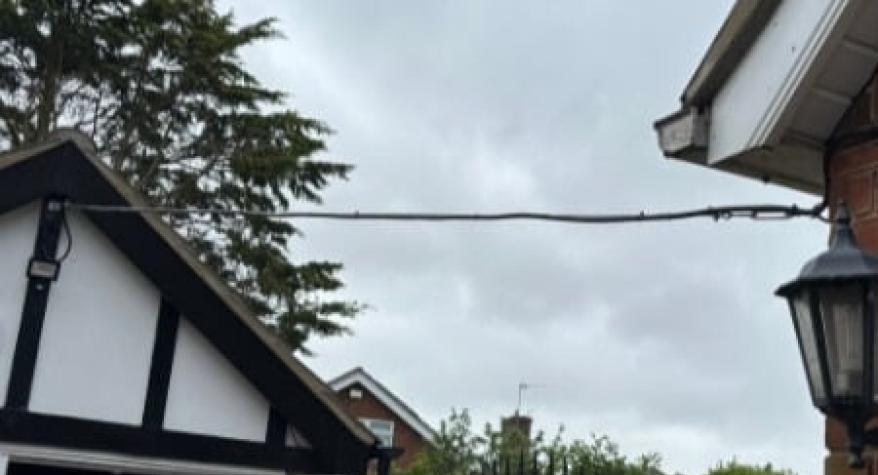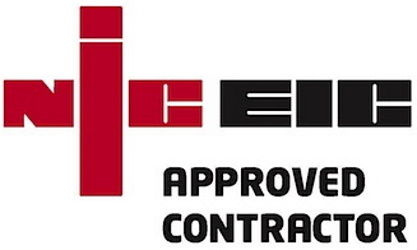When it comes to home improvement and maintenance, ensuring the electrical supply to your garage is correctly installed is paramount. Not only does it ensure the functionality of your garage, but it also guarantees safety and efficiency.
The Importance of Correctly Installing Electrical Supply to Your Garage
This blog will discuss the importance of using the correct cable, avoiding common mistakes, selecting the right cable size, different installation methods, and why having a garage consumer unit is crucial.
Correct Cable Usage and Common Mistakes
One of the most critical aspects of installing an electrical supply to your garage is the selection of the correct cable. The cable must be suitable for the load it will carry and the environment it will be installed in. Common mistakes include:
- Undersized Cable: Using a cable that is too small for the electrical load can cause overheating, which may lead to fire hazards.
- Improper Insulation: Installing cables without proper insulation can result in exposure to elements, causing degradation and potential electrical faults.
- Incorrect Routing: Routing cables through inappropriate areas, such as near sharp objects or high-traffic areas, can lead to physical damage and electrical faults.
Choosing the Correct Cable Size
The correct cable size is determined by the load it will carry and the distance it needs to travel. For a typical garage setup, a 6mm² or 10mm² cable is commonly used, but this can vary based on specific requirements. Using an undersized cable can lead to voltage drops and potential overheating, while an oversized cable can be unnecessarily costly and difficult to handle.
Installation Methods
There are various methods to install an electrical supply to your garage:
- Underground Installation: This involves running cables through a conduit buried underground. It’s a preferred method for aesthetics and protection from physical damage. However, proper installation and protection are required to prevent moisture ingress and physical damage.
- Overhead Installation: This method involves overhead cables between the house and the garage. While it's less expensive than underground installation, it requires proper tensioning and support to avoid sagging and potential damage from environmental factors.
- Surface Mounting: This involves running cables along the surface of walls or ceilings using clips or conduits. It's easy to install and maintain but might not be aesthetically pleasing.
Importance of a Garage Consumer Unit
A dedicated consumer unit inside the garage is essential for several reasons:
- Safety: It provides circuit protection specifically for the garage, minimizing the risk of electrical faults or fire.
- Load Management: It allows for the distribution of electrical load across multiple circuits, preventing overload on a single circuit.
- Convenience: It makes it easier to isolate the garage supply for maintenance or in case of an emergency.
Why Not to Power the Garage from House Sockets
Using house sockets to power your garage can be problematic for several reasons:
- Overloading: House sockets are not designed to handle the additional load of garage equipment and tools, leading to potential overload and tripping of circuit breakers.
- Safety Concerns: Improper extension leads can pose tripping hazards, electrical faults, and fire risks.
In conclusion, ensuring the correct installation of electrical supply to your garage involves selecting the appropriate cable size, choosing the right installation method, and installing a dedicated garage consumer unit. These steps not only enhance the functionality of your garage but also ensure safety and compliance with electrical standards. Always consult a professional electrician to assess and execute the electrical work in your garage to avoid common pitfalls and ensure a safe and reliable installation.





